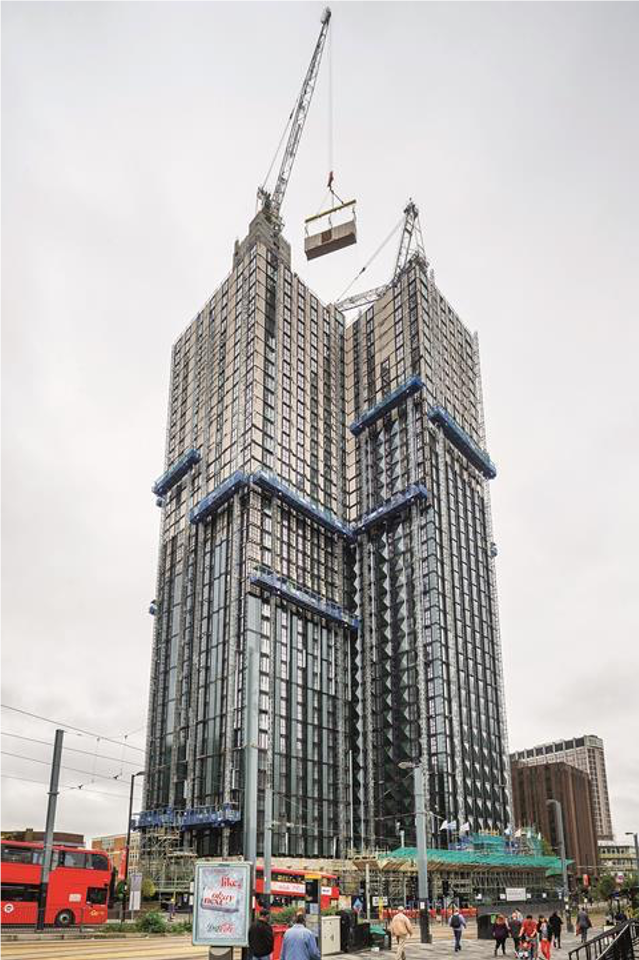Modular Buildings
The history of the modular building and the demand for them within the UK dates back to World War 2 and the resulting housing crisis.


The history of the modular building and the demand for them within the UK dates back to World War 2 and the resulting housing crisis, where factories were having to produce temporary housing in the form of modular fabrication. The houses were quick, easy and cheap to make – meaning the use of the modular design played a part in helping to restore Britain’s economy.
Because modular buildings are known for their convenience and cost effectiveness, their initial take off wasn’t well received, as they were viewed as second-rate accommodation to the general public. However, amidst another housing crisis, with the price of property increasing modular design is being driven at the forefront of the construction industry. With more design freedom, improved technologies and improved manufacturing costs, modular buildings have become more appealing and widely more accepted.

In regard to energy, 90% of the construction of a modular building takes place off site. With this approach, there is more careful management of waste due to the construction taking place in a controlled factory environment. The materials used to make a modular unit for a building are often for the most part recycled, with the modular units themselves having the potential to be moved and completely reused. Not only do modular buildings reduce energy consumption by around 67% during the construction phase but energy efficient systems such as efficient glass, solar panels and other green features are often also installed and so there is a reduction of energy costs for future occupants too.
Keeping up to date
To keep up to date with Encon News, keep checking in to our 'News Page' on the Encon Associates website, or keep up to date with our social media pages where we will be sending reminders to all of our followers.